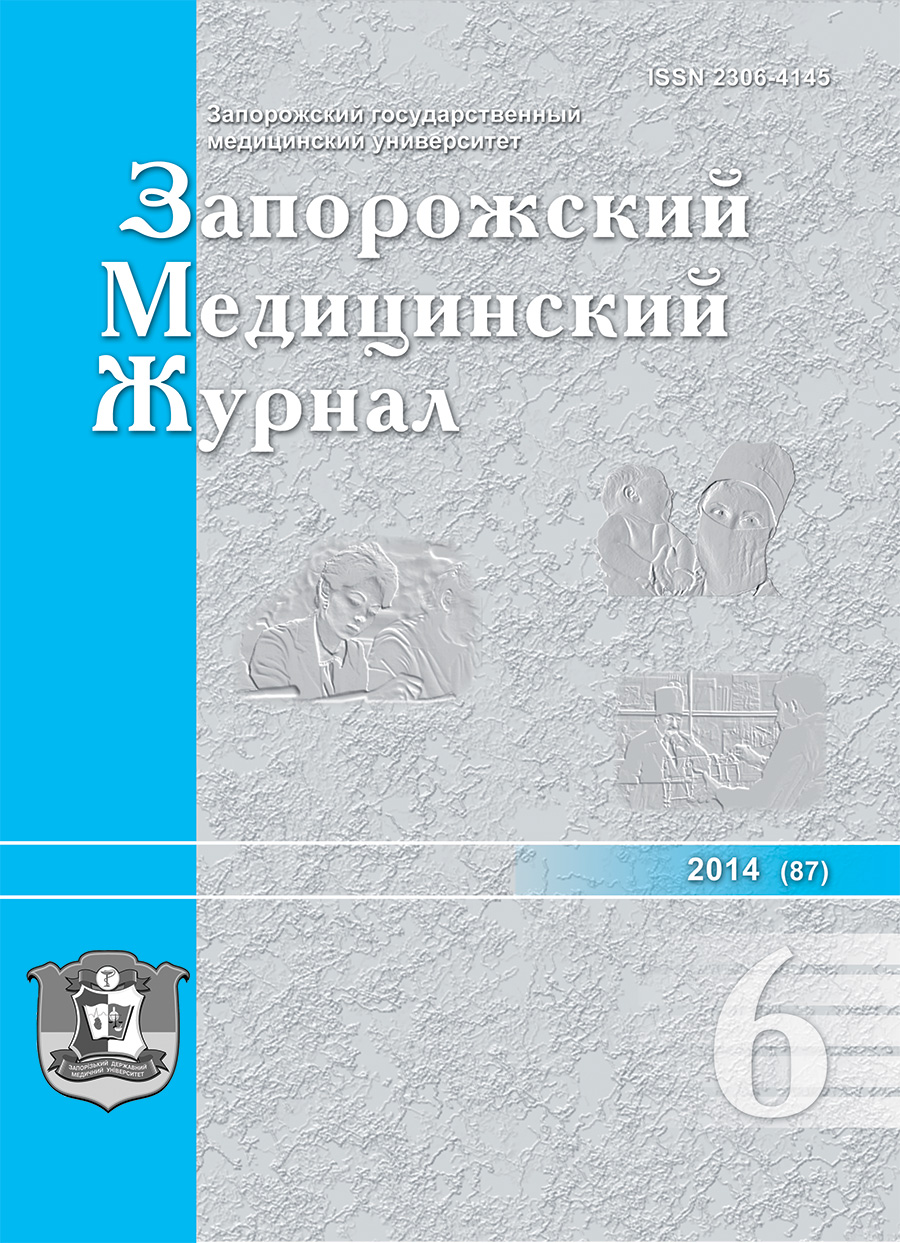THE INFLUENCE OF LEVETIRACTEAM AND DIAZEPAM ON PENICILLIN-INDUCED FOCAL EPILEPTIC ACTIVITY
DOI:
https://doi.org/10.14739/2310-1210.2014.6.35861Keywords:
Diazepam, Penicillin G, Anticonvulsants, EpilepsyAbstract
Aim. The power of epileptic foci and their life-span in Wistar rats (44 animals) were investigated under conditions of levetiracetam (30,0 and 130,0 mg/kg, i.p.) and diazepam (0,5 and 1,5 mg/kg, i.p.) treatment in acute experiments.
Methods and results. Penicillin – induced (15.000 IU/ml) epileptic foci in rat’s cortex were suppressed by levetiracetam (30,0 and 130 mg/kg, i.p.) with the net reduction of focal epileptic power registered in 120 (by 26,8%) and 30 min (by 48,4 %) from the moment of epileptogen application correspondently. Diazepam (0,5 and 1,5 mg/kg, i.p.) being administered at the height of focal epileptoigenesis, reduced focal activity in 15,0 and 5,0 min by 41,4 and 46,8% correspondently. In 5,0 min from the moment of diazepam administration (1,5 mg/kg, i.p.), which was made after preliminary (in 30 min) treatment with LVR (30,0 mg/kg, i.p.) was followed by 3,7 times reduction of power of focal epileptic activity, when compared with control group (P<0,05).
Conclusion. The life-span of focal activity under conditions of combined usage of LVR and diazepam was reduced up to 110,5+11,2 min from 270,5+ 24,5 min in control group (P<0,05).
References
Zenkov, L. R. (2012) Generalizovannye e`pilepsii: sovremennye koncepcii i terapevticheskie podkhody [Generalized epilepsy: contemporary conceptions and therapeutical approaches]. Nevrologiya, nejropsikhiatriya, psikhosomatika, 1, 72–82. [in Russian].
Mazarati, A. M., Baldwin, R., Klitgaard, H., et al. (2004) Anticonvulsant effects of levetiracetam and levetiracetam-diazepam combinations in experimental status epilepticus. Epilepsy Res., 58 (2–3), 167–174.
Czapinski, P., Blaszczyk, B., & Czuczwar, S. J. (2005) Mechanisms of Action of Antiepileptic Drugs. Current Topics in Medicinal Chemistry, 5, 3–14.
De Smedt, T., Raedt, R., Vonck, K., & Boon, P. (2007) Levetiracetam: the profile of a novel anticonvulsant drug-part I: preclinical data. CNS Drug Rev., 13, 3–56.
Arık, A. E., Bağırıcı, F., Sefil, F., & Marangoz, C. (2014) Effect of levetiracetam on penicillin induced epileptic activity in rats. Acta Neurobiol. Exp, 74, 266–275.
Rigo, J. M., Hans, G., Nquyen, L., et al. (2002) The antiepileptic drug levetiracetam reverses the inhibition by negative allosteric modulators of neuronal GABA- and glycine-gated currents. Br. J. Pharmacol., 136, 659–672. doi: 10.1038/sj.bjp.0704766.
Castel-Branco, M. M., Alves, G. L., Figueiredo, I. V. et al. (2009) The maximal electroshock seizures (MES) model in the preclinical assesment of potential new antiepileptic drugs. Methods Find. Exp. Clin. Pharmacol., 31(2), 101–106. doi: 10.1358/mf.2009.31.2.1338414.
Vogl, C., Mochida, S., Wolff, C. et al. (2012) The synaptic vesicle glycoprotein 2A ligand levetiracetam inhibits presynaptic Ca2+ channels through an intracellular pathway. Mol. Pharmacol., 82, 199–208. doi: 10.1124/mol.111.076687.
Loescher, W. (2011) Critical review of current animal models of seizures and epilepsy used in the discovery and development of new antiepileptic drugs. Seizure, 20, 359–368. doi: 10.1016/j.seizure.2011.01.003.
Lukyanetz, E. A. Shkryl, V. M., & Kostyuk, P. G. (2002) Selective blockade of N-type calcium channels by levetiracetam. Epilepsia, 43, 9–18. doi: 10.1046/j.1528-1157.2002.24501.x.
Modur, P. N., Miller, W. E., & Zhang, S. (2010) Sequential intrarectal diazepam and intravenous levetiracetam in treating acute repetitive and prolonged seizures. Epilepsia, 51(6), 1078–1082. doi: 10.1111/j.1528-1167.2009.02385.x.
Nagarkatti, N., Deshpande, L. S., & DeLorenzo, R. J. (2008) Levetiracetam inhibits both ryanodine and IP3 receptor activated calcium induced calcium release in hippocampal neurons in culture. Neurosci. Lett., 436, 289–293. doi: 10.1016/j.neulet.2008.02.076.
Meador, K. J., Gevin, A., Leese, P. T., et al. (2011) Neurocognitive effects of brivaracetam, levetiracetam, and lorazepam. Epilepsia, 52(2), 264–272. doi: 10.1111/j.1528-1167.2010.02746.x.
Downloads
How to Cite
Issue
Section
License
Authors who publish with this journal agree to the following terms:
Authors retain copyright and grant the journal right of first publication with the work simultaneously licensed under a Creative Commons Attribution License that allows others to share the work with an acknowledgement of the work's authorship and initial publication in this journal. 
Authors are able to enter into separate, additional contractual arrangements for the non-exclusive distribution of the journal's published version of the work (e.g., post it to an institutional repository or publish it in a book), with an acknowledgement of its initial publication in this journal.
Authors are permitted and encouraged to post their work online (e.g., in institutional repositories or on their website) prior to and during the submission process, as it can lead to productive exchanges, as well as earlier and greater citation of published work (See The Effect of Open Access)

